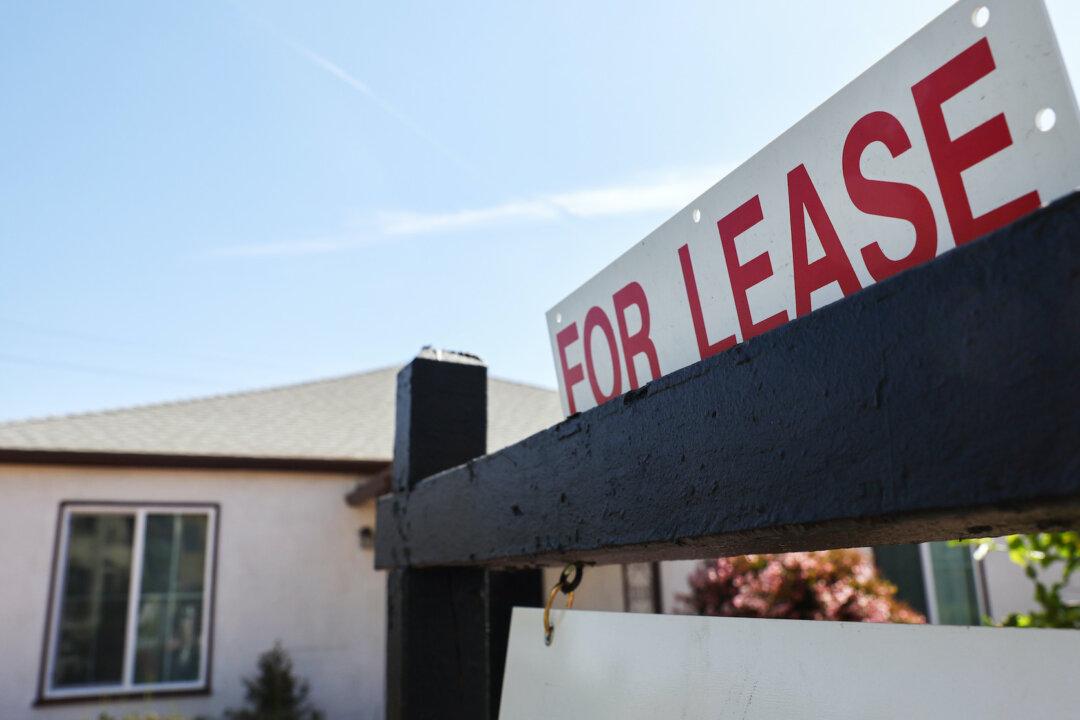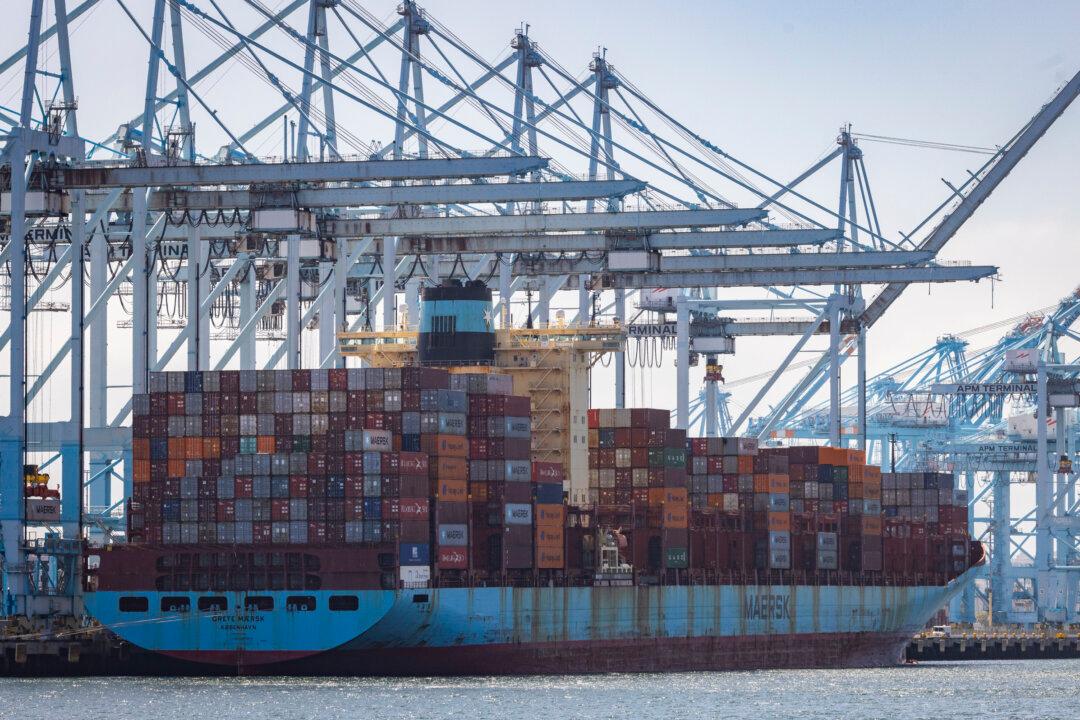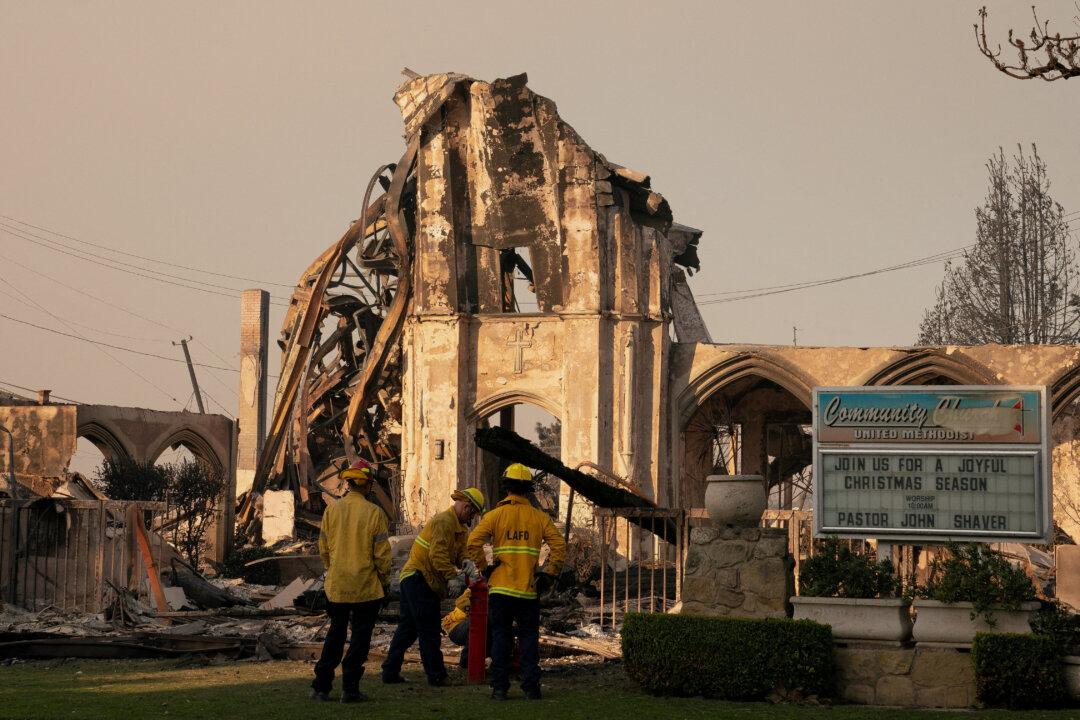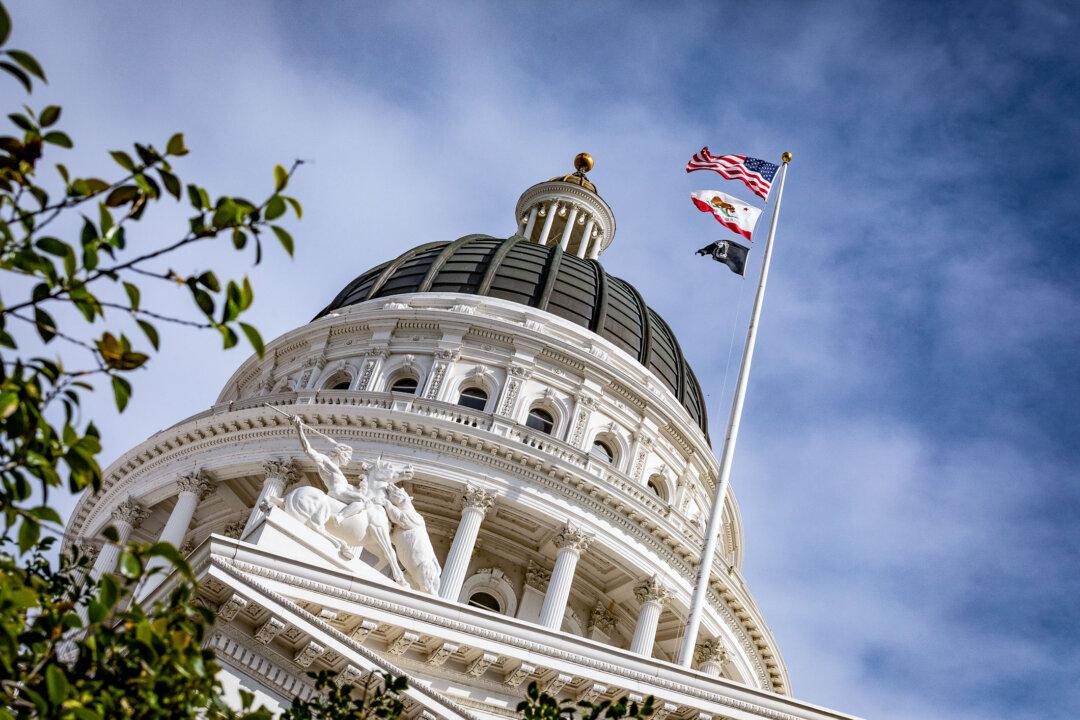More than 4,000 properties participating in government-run debris removal programs have been cleared in the aftermath of the Los Angeles County January wildfires, according to authorities.
The crews are removing burned structural remains, trees, ash, and other debris, along with six inches of soil, including two to five feet around the footprint of the burned area.
“Crews continue to work seven days a week across impacted communities, prioritizing safety and environmental protection throughout the operation,” said Cal OES in a statement.
According to the state, $129.1 million in FEMA assistance has also been distributed to victims of the fires, and all eight public schools that were disrupted have returned to in-person learning as of May 5.
Construction workers have also started rebuilding homes in the Pacific Palisades neighborhood of Los Angeles, where multi-million-dollar houses stood before they were devastated by the Palisades Fire.
Concerns remain about the safety of returning to land that was burned in the conflagration, due to the potential threat of toxins such as lead and asbestos in the environment.
“Families deserve to know their homes are safe and free of dangerous chemicals. This is a break from decades of FEMA precedent—and it risks exposing entire communities to long-term health threats,” said Friedman in a statement.
At an Ad Hoc Committee for L.A. Recovery special meeting in March, city representatives heard from the Los Angeles Department of Building and Safety regarding the slow pace of permit issuance after the city had approved only three permits to rebuild two months after the fires destroyed over 6,800 homes in the Pacific Palisades community.
“The current pace of issuing permits locally is not meeting the magnitude of the challenge we face. To help boost local progress, California is partnering with the tech sector and community leaders to give local governments more tools to rebuild faster and more effectively,” Newsom said in a statement.







